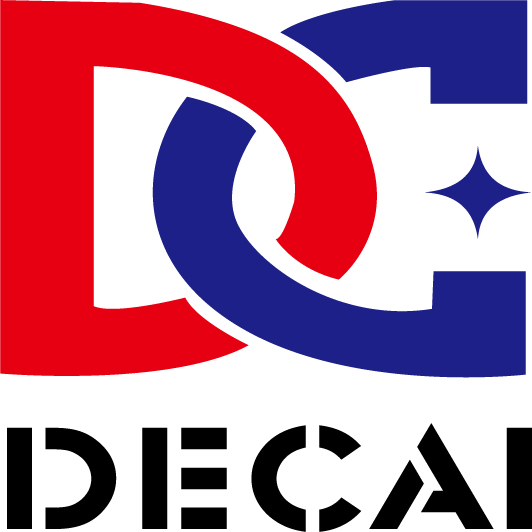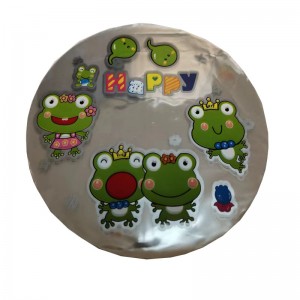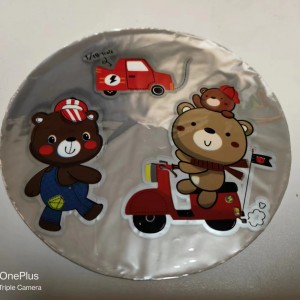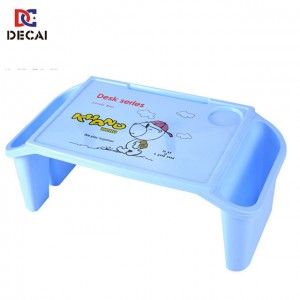IML (In-Mold Labeling) labels are an innovative and popular method of labeling products. These labels are made of a thin plastic film with an imprinted design that is inserted into the mold before the product is formed. However, there may be instances where IML labels do not have sufficient static electricity to adhere properly to the product. Here are some reasons why this may happen:
1. Weather conditions: Static electricity is affected by weather conditions. Low humidity can cause static electricity to dissipate, making it harder for IML labels to adhere to the product. In such cases, increasing the humidity in the production area can provide a solution.
2. Material of the product: The material of the product may not be conducive to static electricity. For example, products made of wood or cardboard may not generate sufficient static electricity for the IML label to stick. In such cases, alternative labeling methods could be considered.
3. Quality of the mold: The quality of the mold and the coating on its surface can affect the static electricity generated. The mold surface should be smooth and clean to enable good contact with the IML label. If the surface is rough or dirty, it could reduce the amount of static electricity generated, leading to weak label adhesion.
4. Packaging process: If the packaging process involves a lot of movement or vibration, it can cause the IML label to lose its static charge. In such cases, adjusting the packaging process can alleviate the issue.
5. Production speed: Production speed can sometimes affect the static electricity generated, especially when dealing with large-scale production. In such cases, approproate equipment and adjustments to the production line can help ensure proper label adhesion.
In conclusion, there can be several reasons for insufficient static electricity of IML labels. However, by paying attention to factors such as weather conditions, product material, mold quality, packaging process, and production speed, these issues can be effectively addressed, ensuring consistent and reliable label adhesion.

























